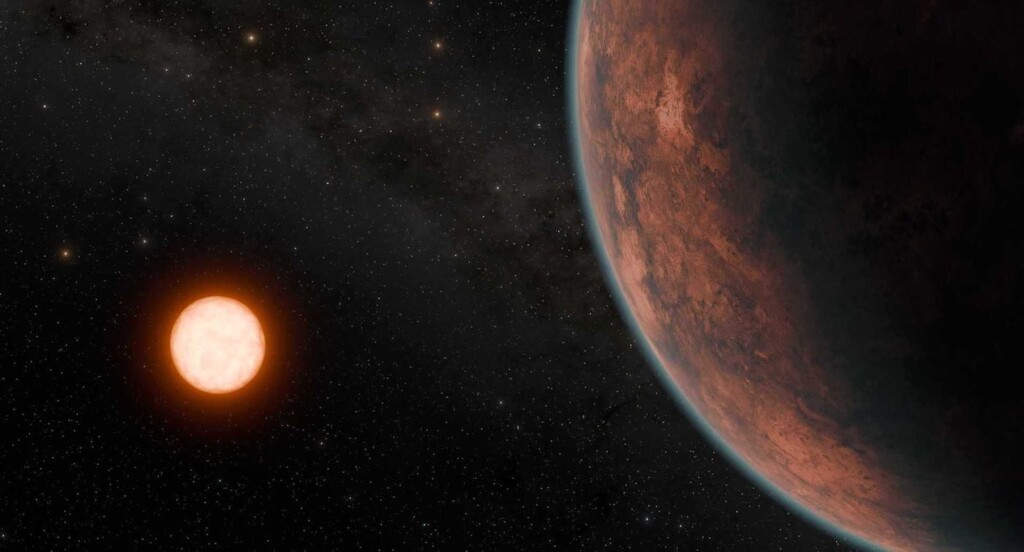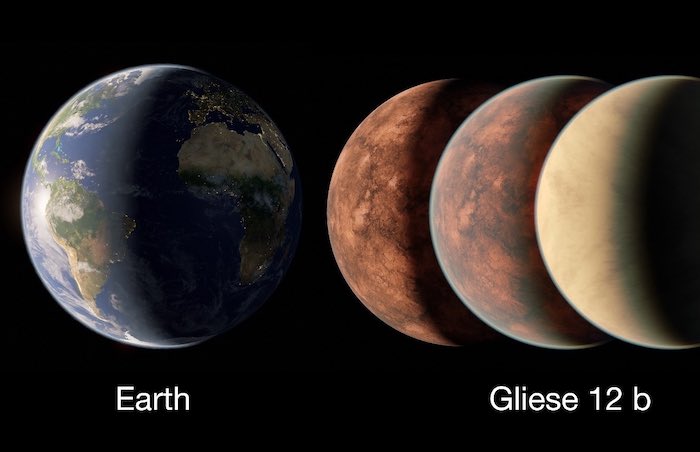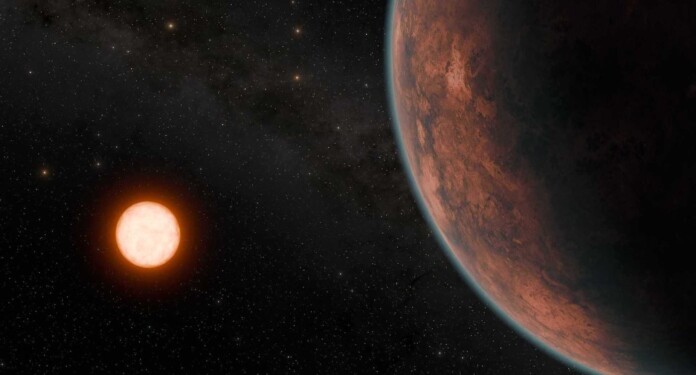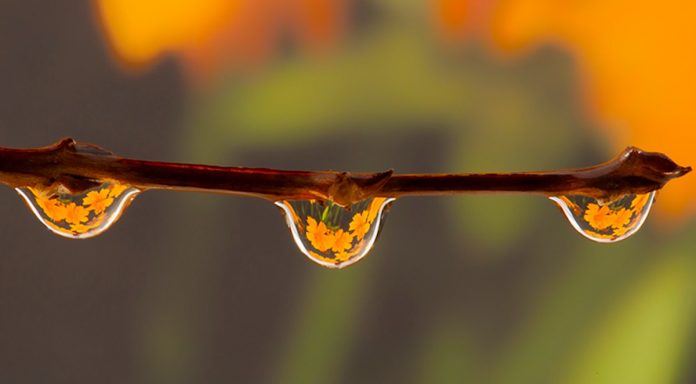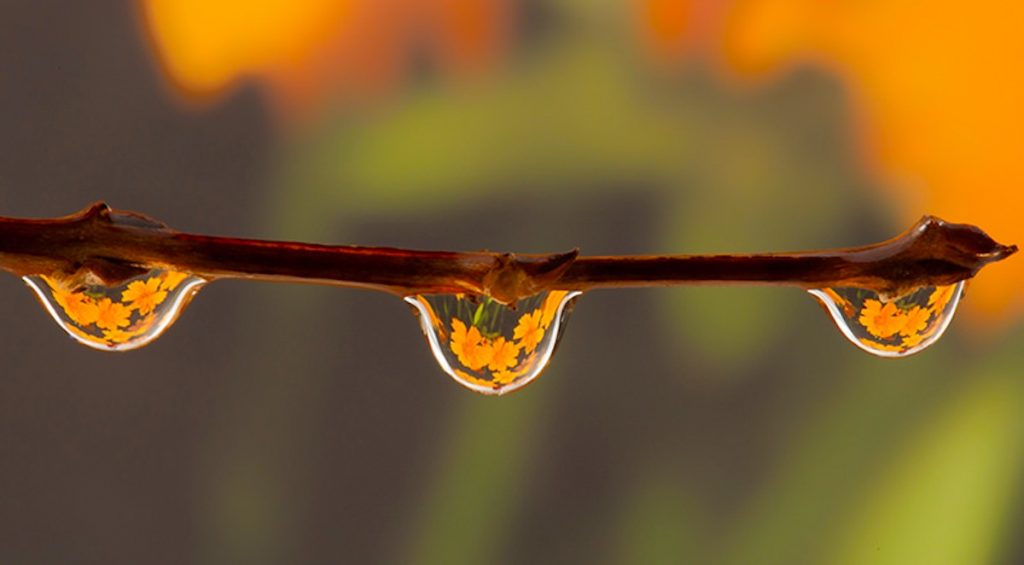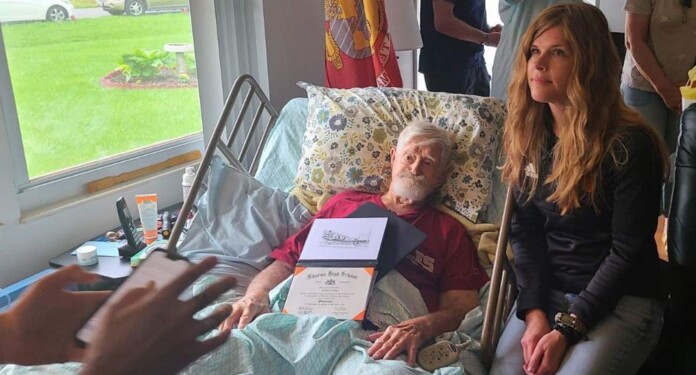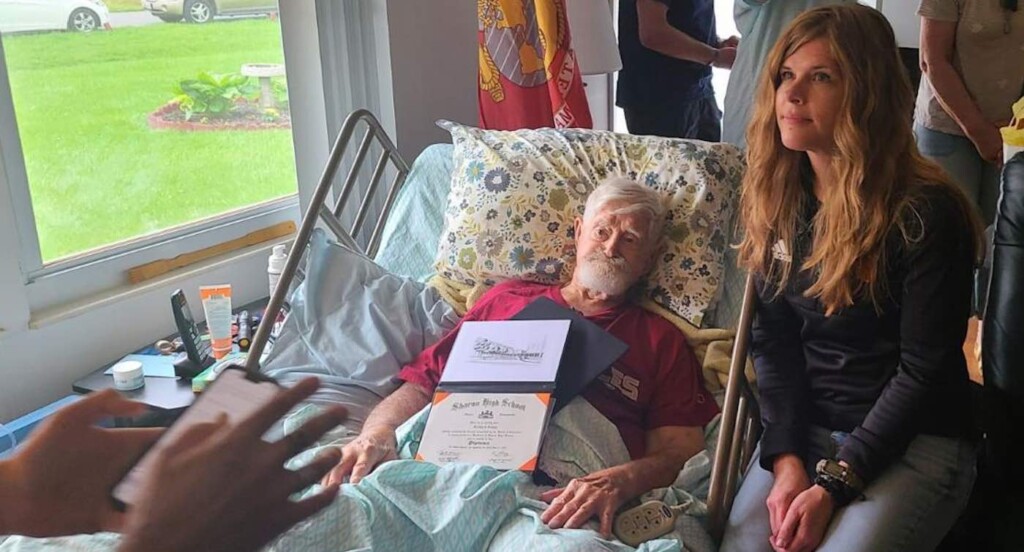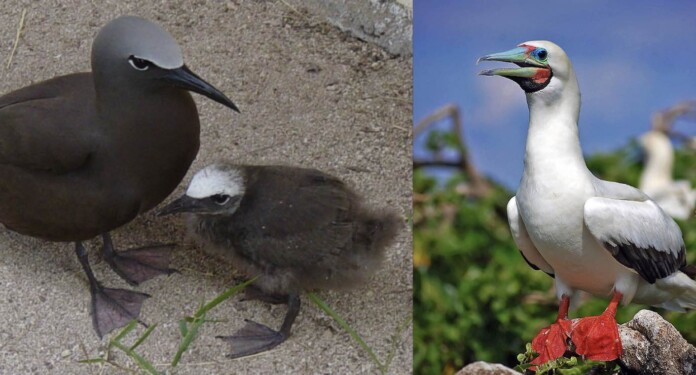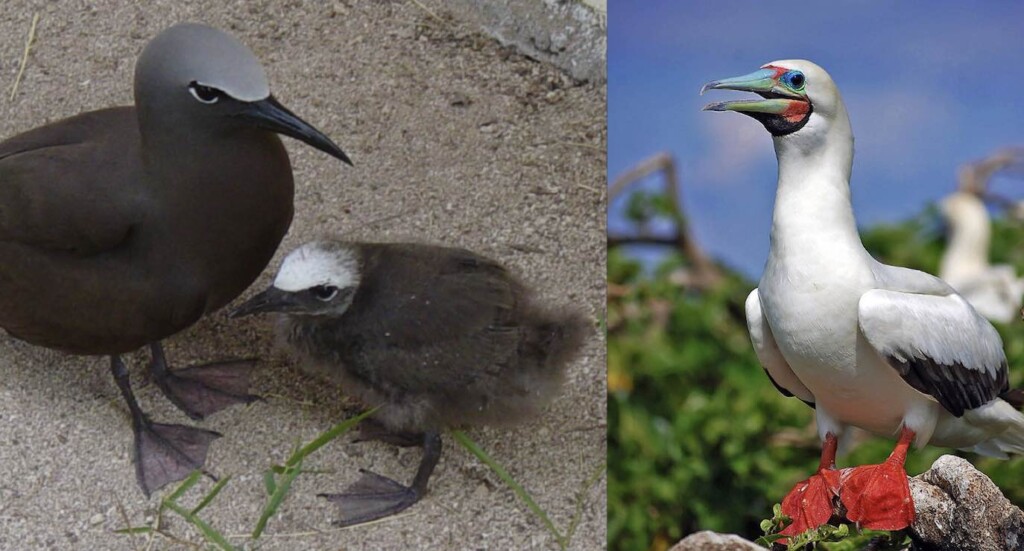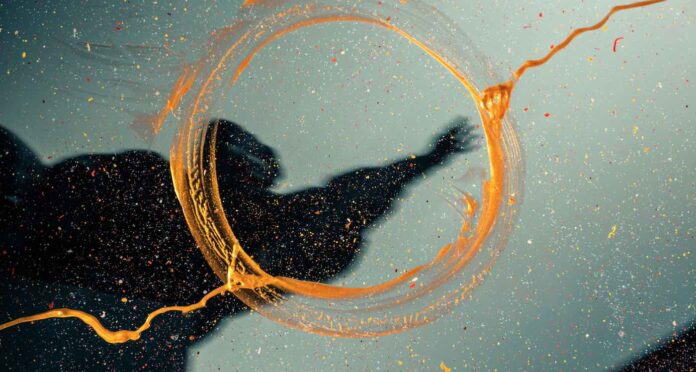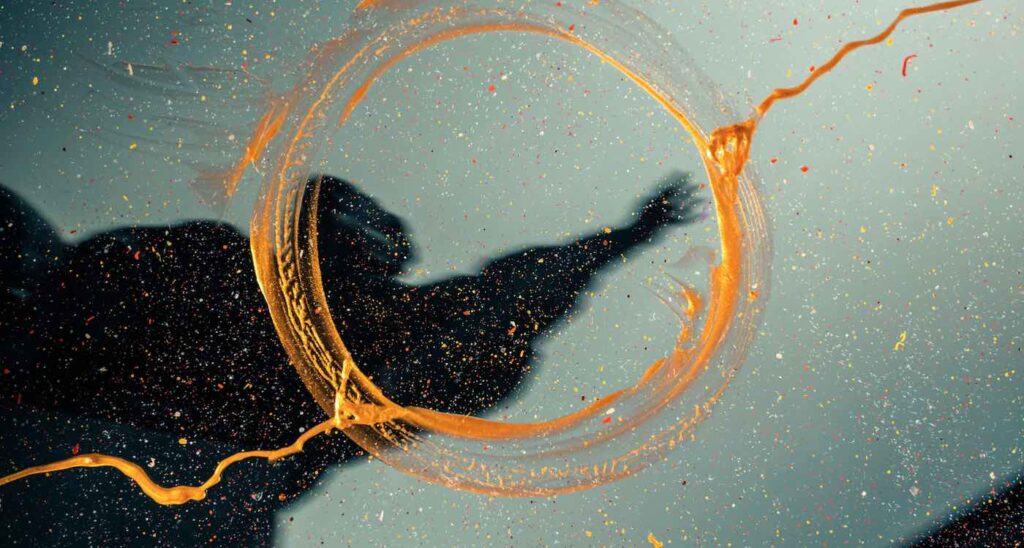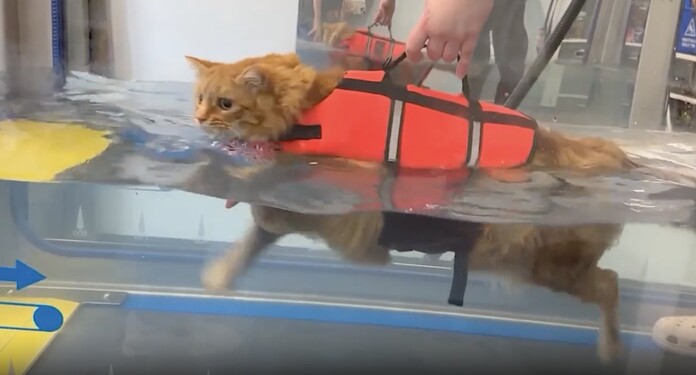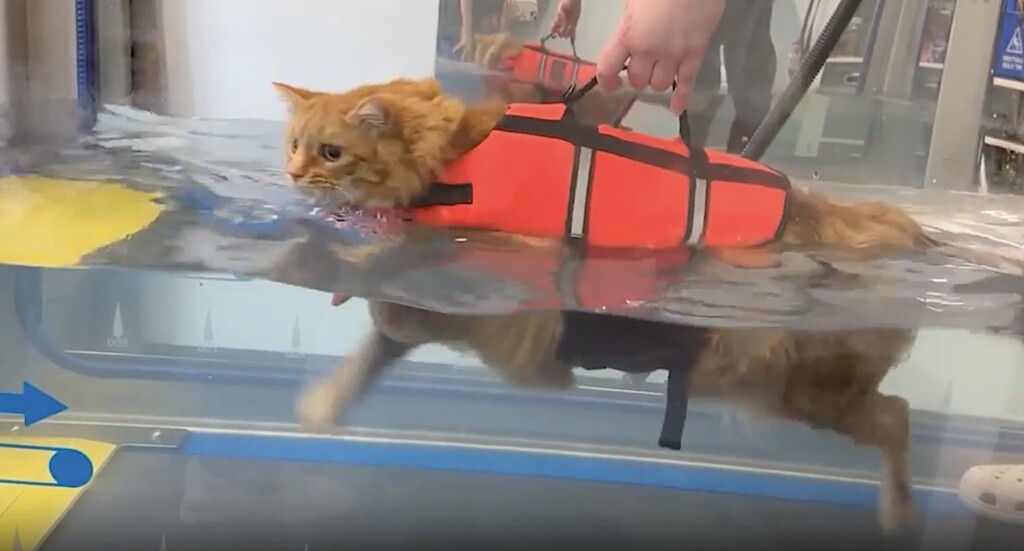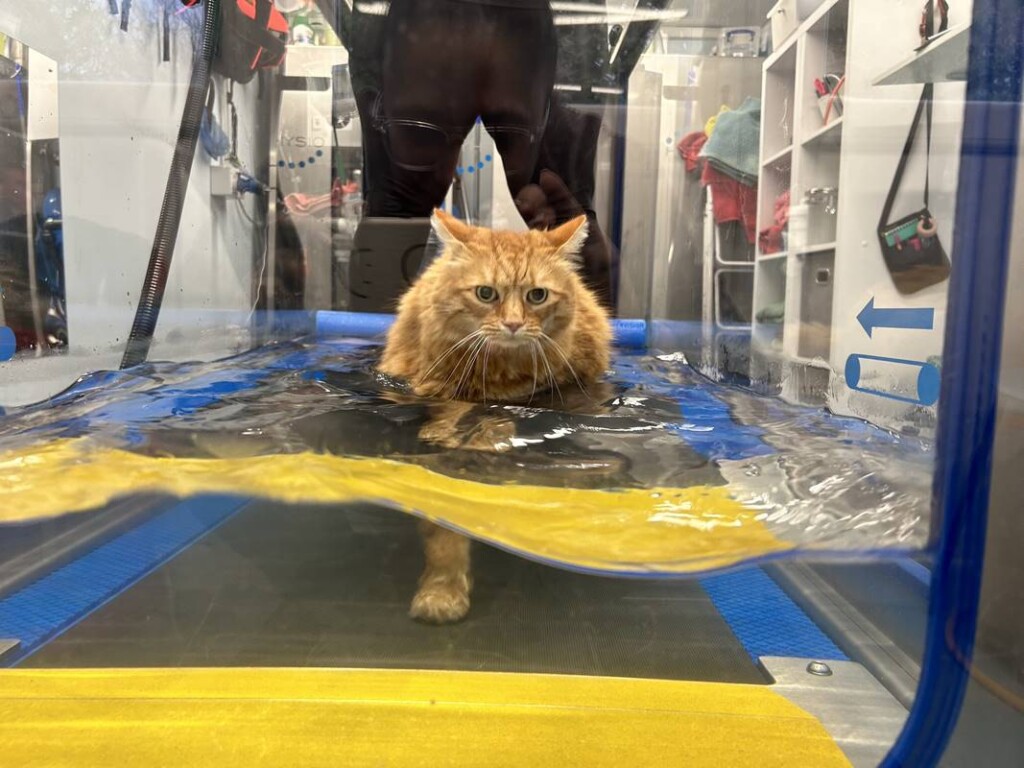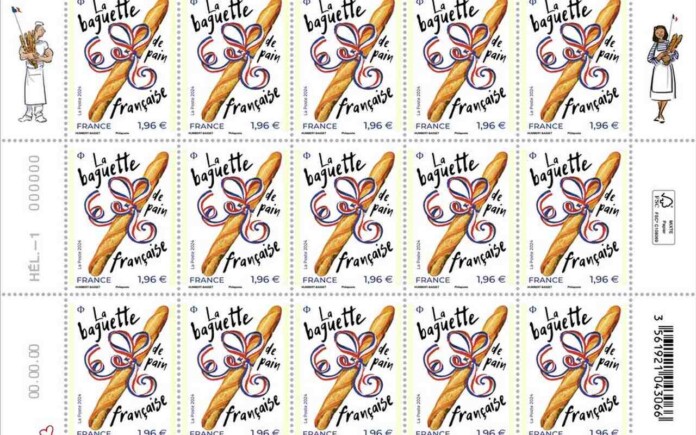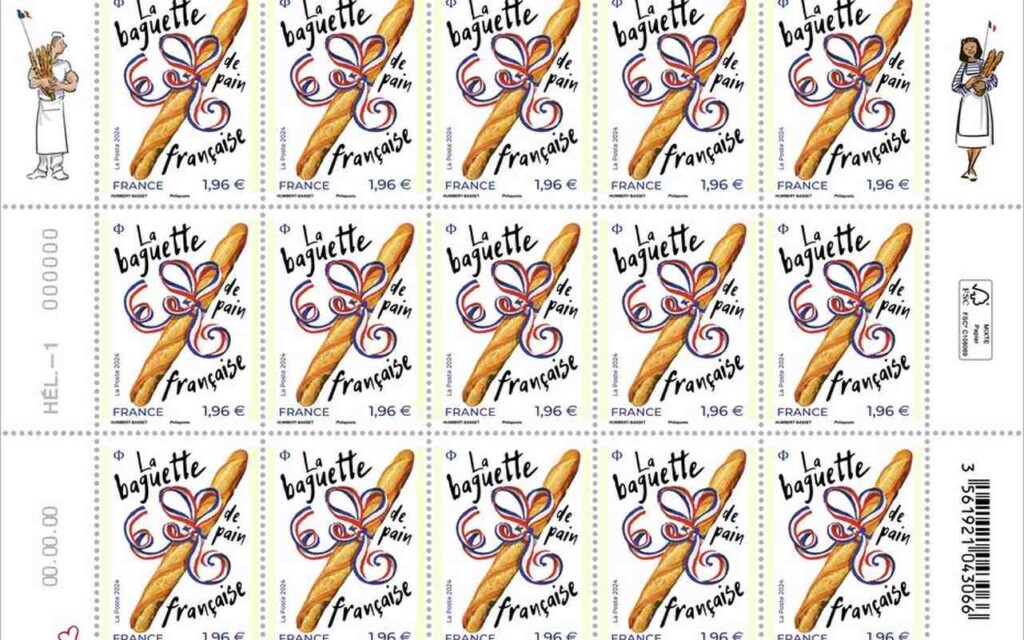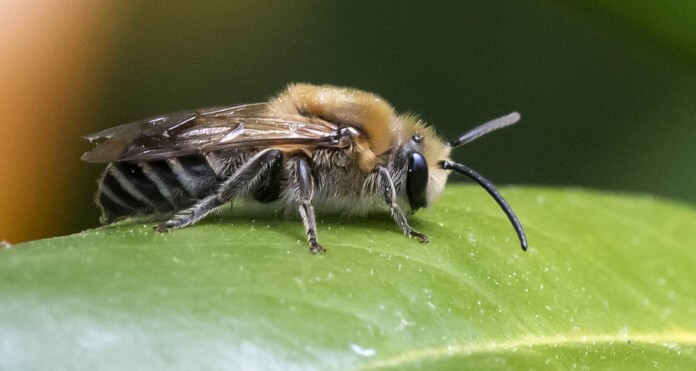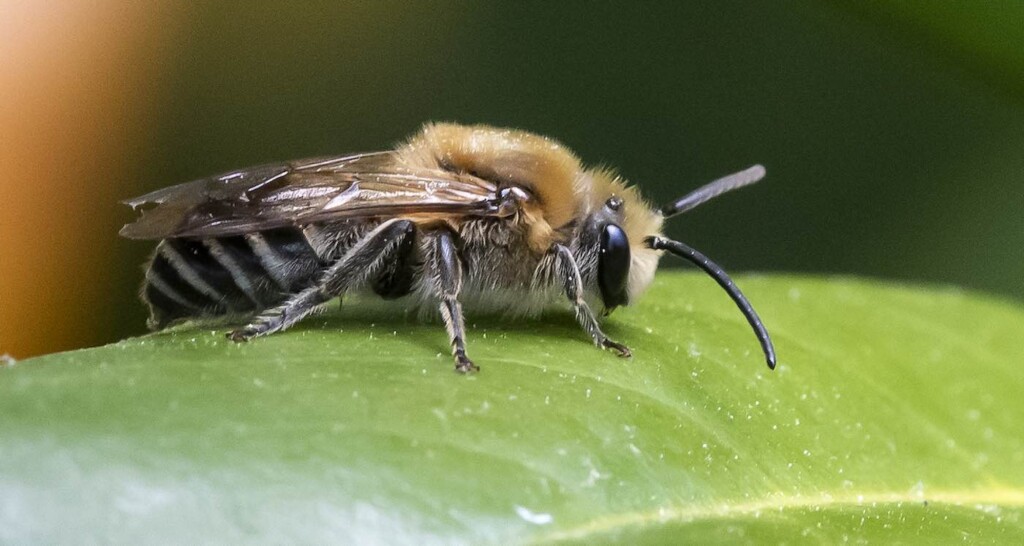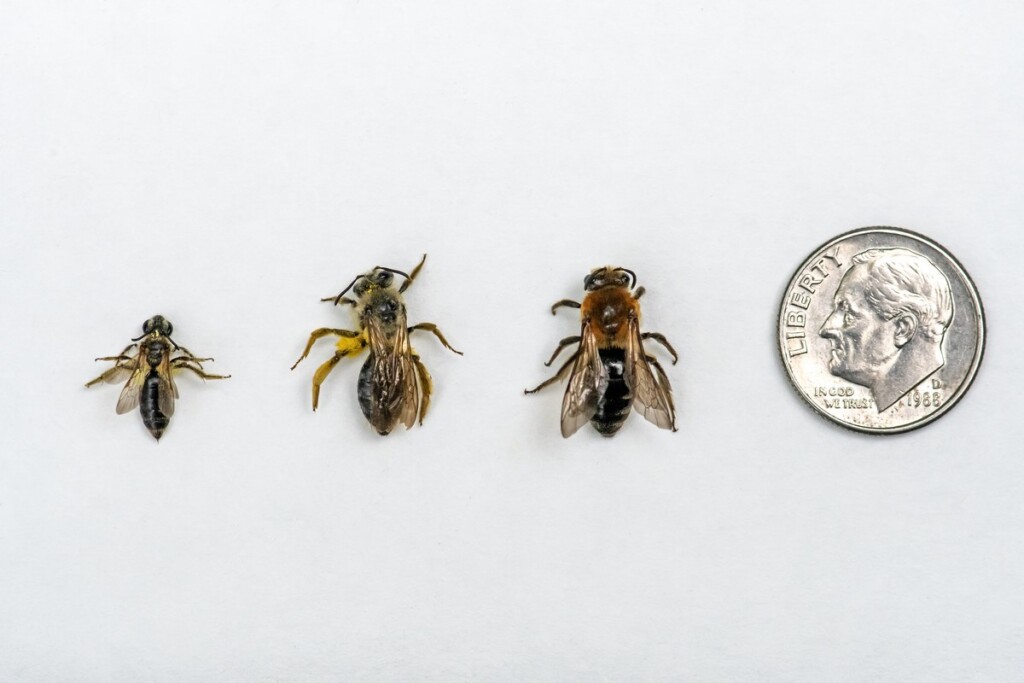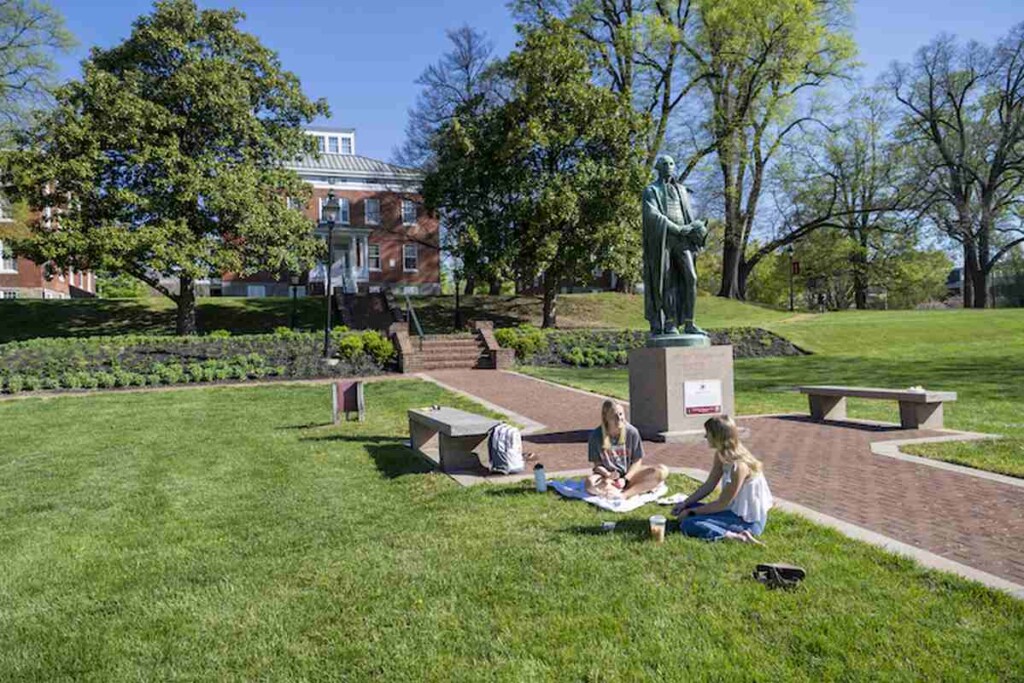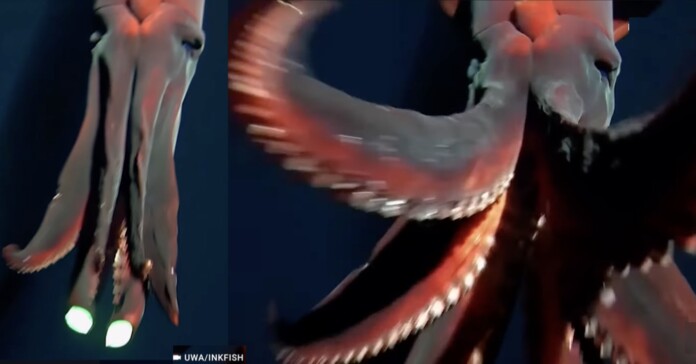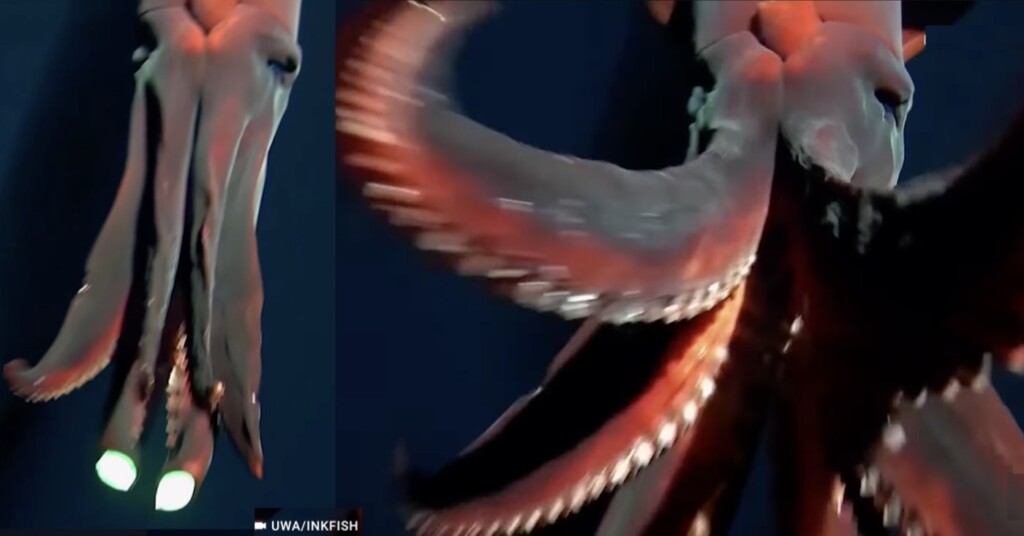Our partner Rob Brezsny, who has a new book out, Astrology Is Real: Revelations from My Life as an Oracle, provides his weekly wisdom to enlighten our thinking and motivate our mood. Rob’s Free Will Astrology, is a syndicated weekly column appearing in over a hundred publications. He is also the author of Pronoia Is the Antidote for Paranoia: How All of Creation Is Conspiring To Shower You with Blessings. (A free preview of the book is available here.)
Here is your weekly horoscope…
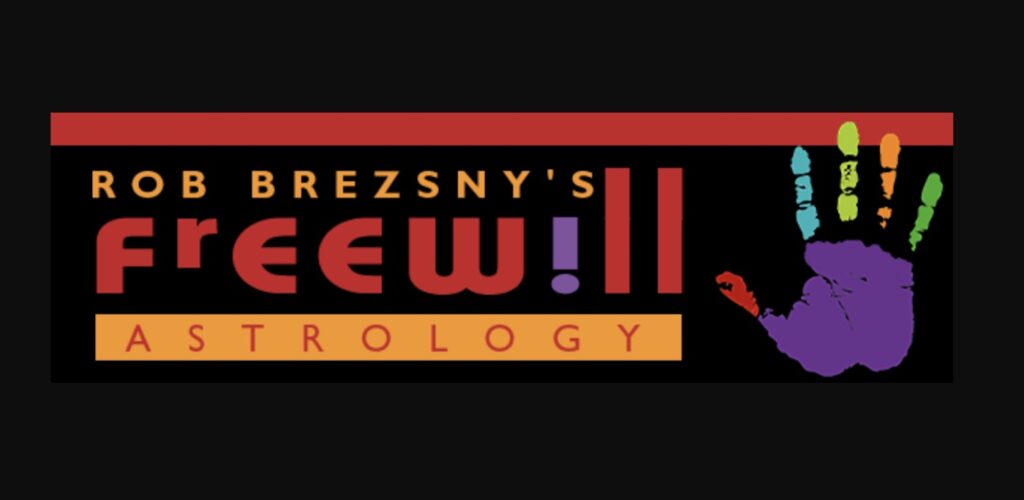
FREE WILL ASTROLOGY – Week of May 25, 2024
Copyright by Rob Brezsny, FreeWillAstrology.com
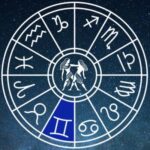
GEMINI (May 21-June 20):
When I first got my job writing a horoscope column, I wasn’t looking for it. It found me. My bike had been stolen, and I was looking for a new one in the classified ads of the Good Times, the local Santa Cruz newspaper. There I serendipitously spied a “Help Wanted” ad. The publisher of the *Good Times* was hiring a new astrology writer to replace Robert Cole, who had just quit. I quickly applied for the gig and got it. Ever since, Robert Cole has been a symbol for me of an accidental and unexpected opportunity appearing out of nowhere. I mention this, Gemini, because when I meditate on you lately, I see the face of Robert Cole.
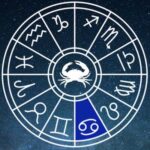
CANCER (June 21-July 22):
In myths and legends, the consummate spiritual goal has various names: the Holy Grail, philosopher’s stone, pearl of great price, nirvana, alchemical gold, key of life, and many others. I appreciate this profusion of sacred symbols. It encourages us to not be too literal about identifying the highest reward. The old fables are equally equivocal about where the prize can be found. Is it in an empty desert or dark forest? In the deepest abyss, on a mountaintop, or in the backyard? I bring these thoughts to your attention, Cancerian, because the coming months will be an excellent time to conduct a quest for the marvelous treasure. What do you need most right now? What’s the best way to begin your search?
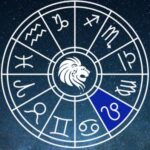
LEO (July 23-Aug. 22):
I have good news for any Leos who are devoted to pragmatism and rational analysis. Just this once, my horoscope will offer no lyrical teasers or mystical riddles. Your pressing need for no-nonsense grit has moved me to offer straightforward, unembellished counsel. Here it is, dear: Cultivate connections that will serve your passionate ambitions. Make vigorous use of your network and community to gather information that will serve your passionate ambitions. Meditate on what course corrections might be necessary to serve your passionate ambitions.
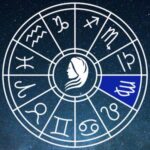
VIRGO (Aug. 23-Sept. 22):
For many of you Virgos, your health seems chronically unsettled. You may be constantly hyper-vigilant about the next glitch that could possible affect your well-being. There’s a problem with that approach: It may intensify your fear of frailty, which in turn saps your vigor. But I’m happy to report that in the coming months, you will have an enhanced power to break out of this pattern. To get started, try this: Every morning for four minutes, picture yourself overflowing with vitality. Visualize every part of your body working with joyful heartiness. Send streams of love and gratitude to all your organs. Do this for the next 21 days.
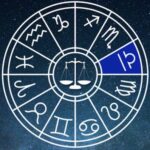
LIBRA (Sept. 23-Oct. 22):
Many people regard the word “faith” as referring to delusional hope or wishful thinking. But I ask you to rethink its meaning—and consider the possibility that it could be an empowering force in the coming months. How? Imagine a faith that’s earthy and robust. You actually feel it vibrating in your heart and gut. It literally alters your brain chemistry, fortifying your natural talents and attracting needed resources. It liberates you to feel pragmatically excited as you pursue your goal of fulfilling your soul’s code.
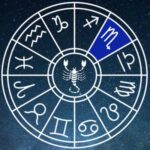
SCORPIO (Oct. 23-Nov. 21):
When I was born, my parents gave me the name “Robert.” It’s derived from an Old North French word meaning “shining” and “bright with glory.” In Middle English, though, “robert” was a designation for “a wastrel, a marauder, a good-for-nothing.” I use this dichotomy as a reminder that my own nature is a mix of brightness and darkness. A lot of me is shining and inspirational, but there’s also a part that’s ignorant and confused. And what’s true about me is true about everyone else, including you: We are blends of the best and the not-so-best. Now is a good time to draw strength and wisdom from meditating on this reality. Your shadowy aspects have important and interesting truths to reveal to your brilliant aspects—and vice versa.
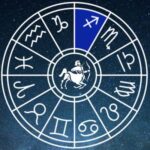
SAGITTARIUS (Nov. 22-Dec. 21):
Here are some meditations on emotions. They are as key to our intelligence as our thoughts! But it’s crucial that we distinguish between emotions generated by delusions and emotions that are responses to true perceptions. Let’s say I get angry because I imagine a friend stole money from my room while visiting, but then later I put on my vest and find the supposedly stolen cash in the vest pocket. That is a delusional emotion. But if I am sad because my friend’s beloved dog is sick, that is emotion based on an accurate perception. I bring this to your attention, Sagittarius, because I believe it is essential that in the coming weeks you discern between the two types.
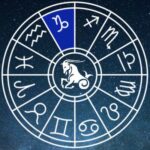
CAPRICORN (Dec. 22-Jan. 19):
As an adjunct to the Ten Commandments, I have formulated the Ten Suggestions. Here’s Suggestion #1: Wash your own brain at least three times a year. I’m speaking metaphorically, of course. What I mean is that like me and everyone else, you are always accumulating junky thoughts and useless feelings. Some are generated by our old, conditioned responses, and some pour into us from the media and entertainment industries. And it’s best to be proactive about the toxic build-up—not allow it to become monumental. In my astrological opinion, now is an excellent time for a regular mind cleanse.
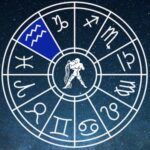
AQUARIUS (Jan. 20-Feb. 18):
So many writers have said terrible things about our existence on planet Earth. “Life is a disease,” wrote George Bernard Shaw. “Life is a bad dream,” declared Eugene O’Neill. Life is “a vast cold junkpile,” says Stephen King. There are thousands more of these unnuanced disparagements. Why? Here are the facts, as I see them: As tough as it can be to navigate through problems and pain, being alive in our miraculous bodies with our dazzling awareness is a sublime gift. We are all blessed with a mysterious and fascinating destiny. In accordance with the astrological omens, Aquarius, I invite you to celebrate being alive with extra gratitude and ebullience. Begin the jubilee by feeling amazement and awe for your mysterious and fascinating destiny. Second step: Identify five sublime gifts in your life.
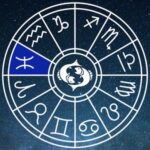
PISCES (Feb. 19-March 20):
In the coming weeks, I ask you to refrain from indulging in extreme nostalgia. On the other hand, I encourage you to explore the past and sift through memories with the intention of clarifying what really happened back then. Pluck new lessons from the old days that will help you forge smart decisions in the near future. Use your history as a resource while you redefine the meanings of pivotal events. For extra credit, create a new title for the book you may someday write about your life story.
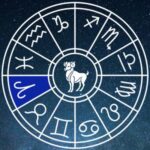
ARIES (March 21-April 19):
In the coming weeks, you will experience uncomfortable weirdness if you do the following: 1. Meander without focus or purpose; 2. give yourself permission to postpone, procrastinate, and engage in avoidance behavior; 3. ignore the interesting though challenging truths that are right in front of you; 4. hang out with people with mediocre ambitions. But you will experience healthy, uplifting oddness if you do the following: 1. Trust your instincts and intuitions; 2. authorize your spontaneity to invigorate and guide you; 3. take the straightforward path that gets you to the destination most efficiently; 4. be crisp and nimble.
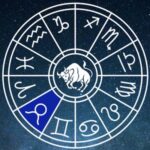
TAURUS (April 20-May 20):
Mysterious energies will soon begin healing at least some of the wounds in your financial genius. As a result, I predict new powers of attraction will awaken in you, making it likely you will add to your wealth in the coming months. To synergize these happy developments, I recommend you give yourself permission to have joyous fun as you lust for more cash. More good news: I will supplement your good fortune by casting a benevolent spell to boost the flow of riches into your bank account.
WANT MORE? Listen to Rob’s EXPANDED AUDIO HOROSCOPES, 4-5 minute meditations on the current state of your destiny — or subscribe to his unique daily text message service at: RealAstrology.com
SHARE The Wisdom With Friends Who Are Stars in Your Life on Social Media…
